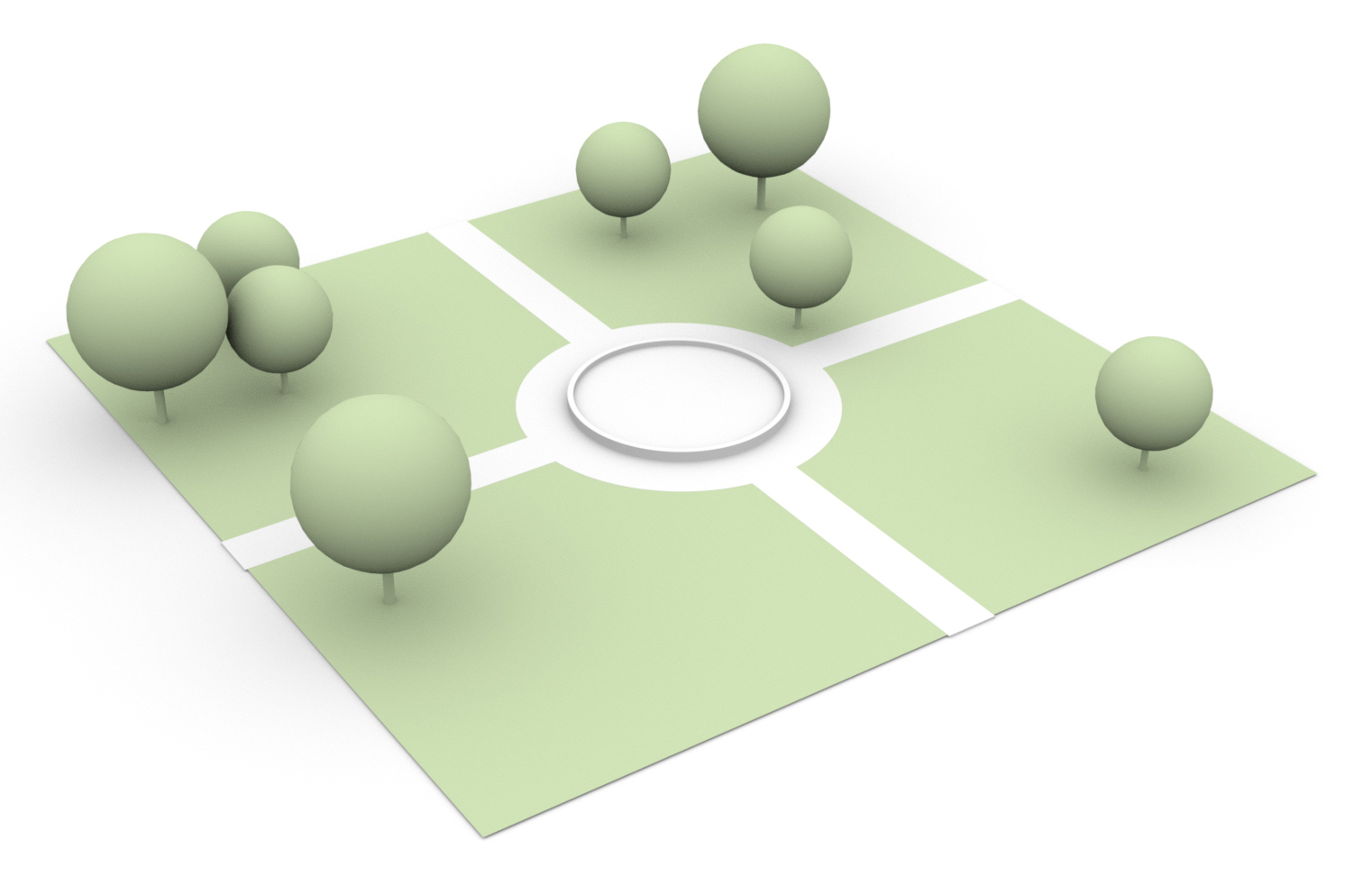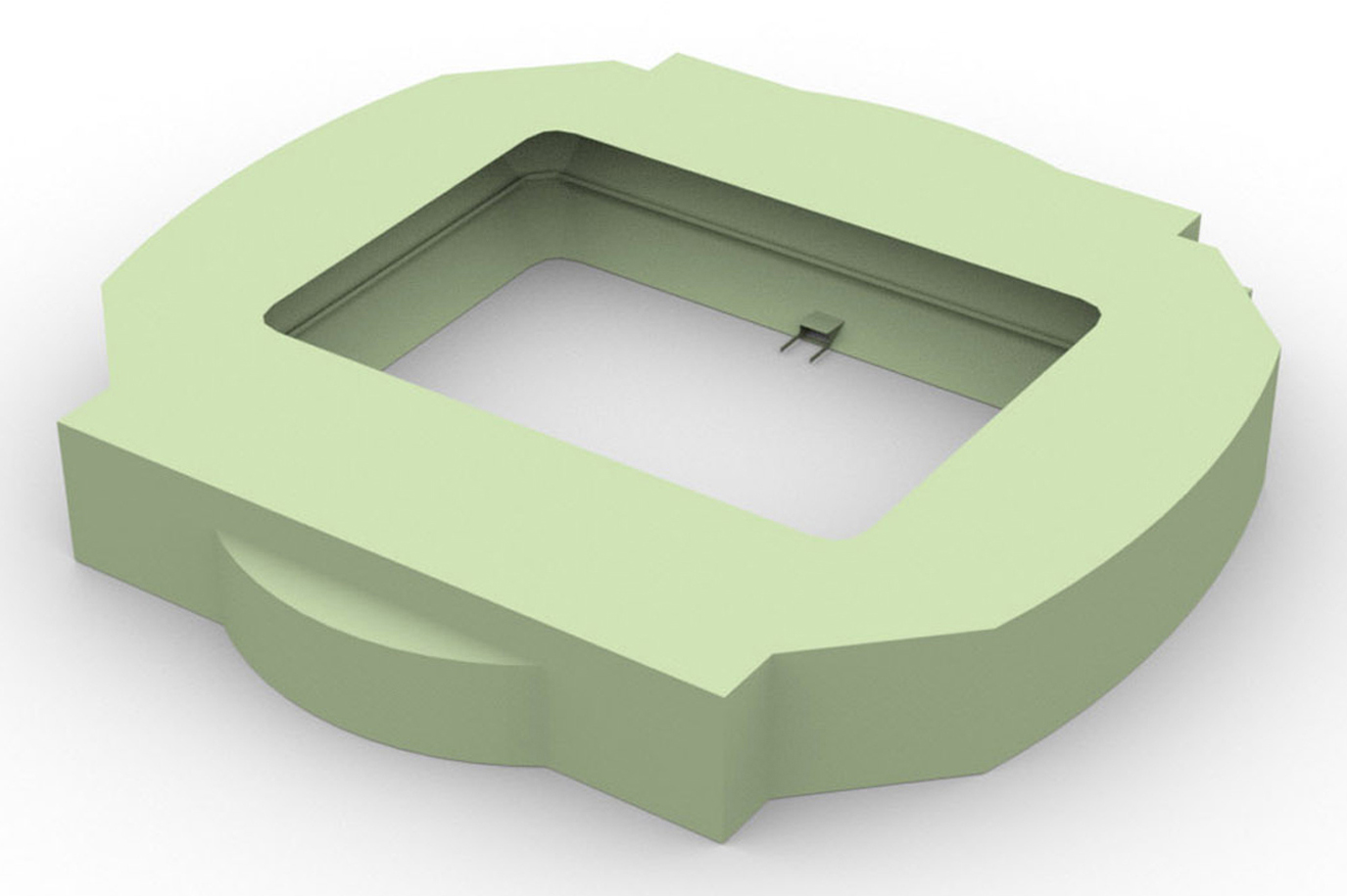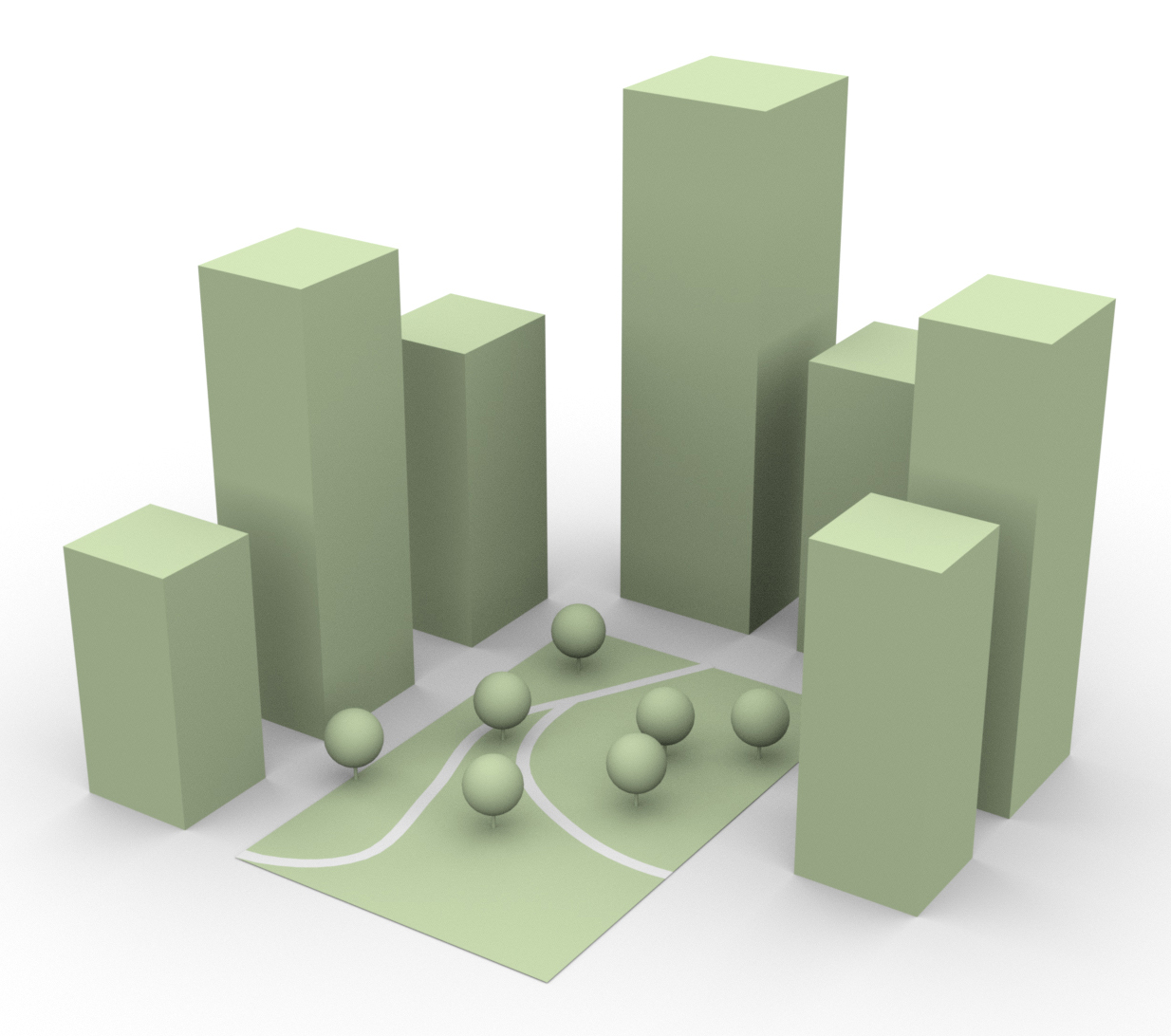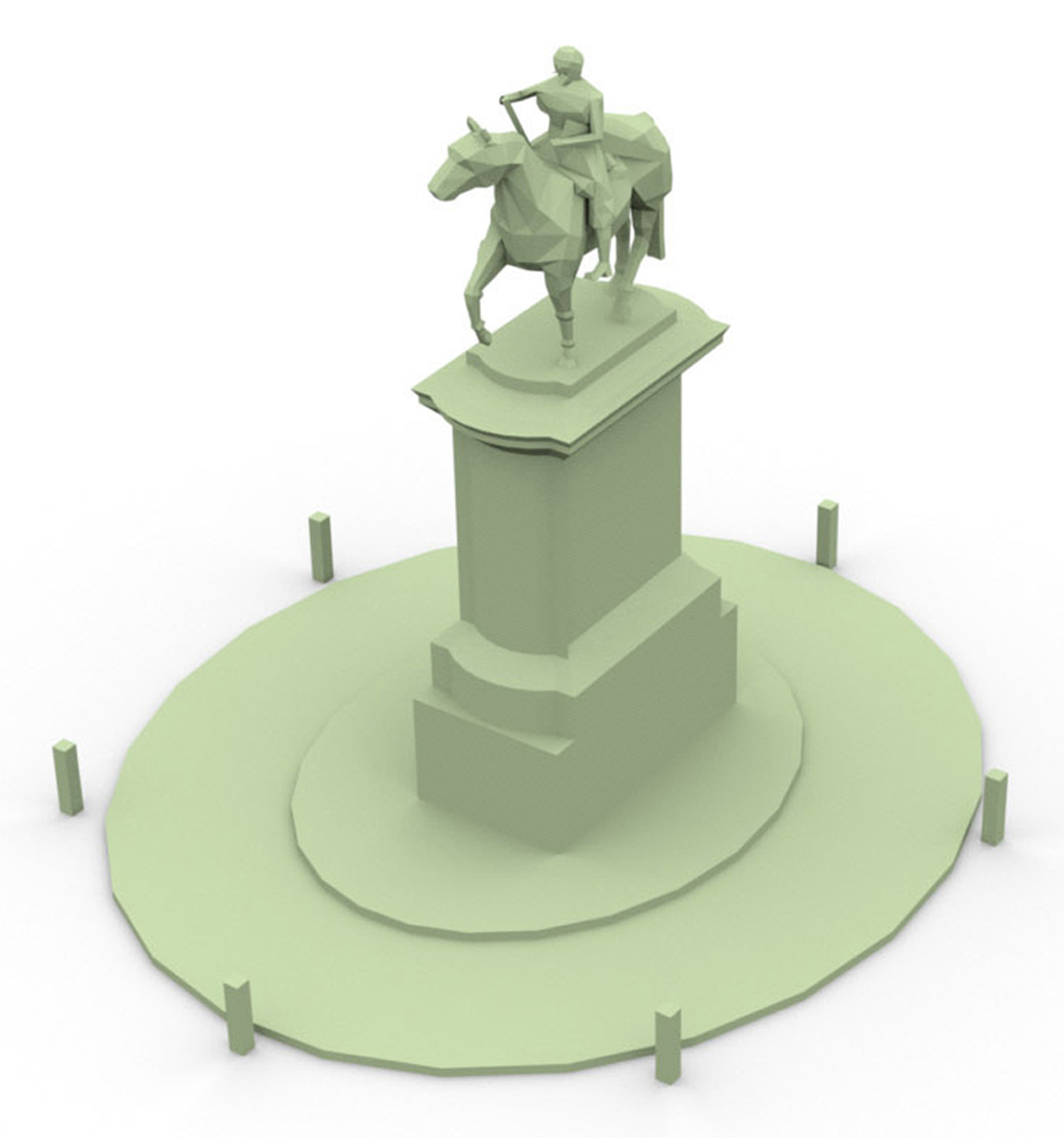Difference between revisions of "Social facilities, open and civic space"
| (2 intermediate revisions by the same user not shown) | |||
| Line 10: | Line 10: | ||
| Open and civic space||Within Urban Securipedia, open and civic space includes: the '''public realm'''[[Image:Aminity public realm.jpg|border|x30px|Public realm|link=Open and civic space]] - Defined as public space including streets, pathways, parks, publicly accessible open spaces and any public/civic building and facilities; '''urban squares''' [[Image:Urban square.jpg|border|x30px|Urban squares|link=Open and civic space]] - A planned open public space, usually rectangular in shape with clearly defined borders. These locations usually have significant footfall as public meeting places, concerts, markets or public rallies; and, '''public parks and recreation space'''[[Image:Public Park.jpg|border|x30px|Public Parks and recreation space|link=Open and civic space]] - Recreational space in the urban environment encompasses those areas which are publicly accessible and conducive to citizens refreshing their mind or body through passive or active activity. Recreation space can broadly be grouped as formal (e.g. playing fields, tennis courts, etc), informal (e.g. city parks, linear river walks, incidental open space within residential schemes, etc) and children's playing space (e.g. playgrounds). || [[Image:OPEN_AND_CIVIC_SPACE.jpg|center|x50px|Open and civic space|link=Open and civic space]] |
| Open and civic space||Within Urban Securipedia, open and civic space includes: the '''public realm'''[[Image:Aminity public realm.jpg|border|x30px|Public realm|link=Open and civic space]] - Defined as public space including streets, pathways, parks, publicly accessible open spaces and any public/civic building and facilities; '''urban squares''' [[Image:Urban square.jpg|border|x30px|Urban squares|link=Open and civic space]] - A planned open public space, usually rectangular in shape with clearly defined borders. These locations usually have significant footfall as public meeting places, concerts, markets or public rallies; and, '''public parks and recreation space'''[[Image:Public Park.jpg|border|x30px|Public Parks and recreation space|link=Open and civic space]] - Recreational space in the urban environment encompasses those areas which are publicly accessible and conducive to citizens refreshing their mind or body through passive or active activity. Recreation space can broadly be grouped as formal (e.g. playing fields, tennis courts, etc), informal (e.g. city parks, linear river walks, incidental open space within residential schemes, etc) and children's playing space (e.g. playgrounds). || [[Image:OPEN_AND_CIVIC_SPACE.jpg|center|x50px|Open and civic space|link=Open and civic space]] |
||
|- |
|- |
||
| Community centres and cultural and sports facilities || This type of [[urban object]] includes all facilities where large crowds may be present for cultural, social or recreational activities |
| Community centres and cultural and sports facilities || This type of [[urban object]] includes all facilities where large crowds may be present for cultural, social or recreational activities. It includes sports facilities and arenas or stadia, museums, theatres, concert venues or cinemas. || [[Image:Sport facility.jpg|center|x50px|Community centres and sports facilities|link=]] |
||
|- |
|- |
||
| Religious or cultural || Religious [[urban object|urban objects]] include places of worship, religious education, and associated administration spaces. Collectively these facilities hold a sacred atmosphere of religious worship. A typical example would be a church or mosque. 'Cultural' facilities are classed as any structure used for activities promoting the arts, such as a museum or gallery. Within Urban Securipedia, both types are classed as one, given their similarities, not least the fact that they may attract medium sized crowds at specific occasions. || [[Image:Church.jpg|center|x50px|Religious or cultural facilities|link=]] |
| Religious or cultural || Religious [[urban object|urban objects]] include places of worship, religious education, and associated administration spaces. Collectively these facilities hold a sacred atmosphere of religious worship. A typical example would be a church or mosque. 'Cultural' facilities are classed as any structure used for activities promoting the arts, such as a museum or gallery. Within Urban Securipedia, both types are classed as one, given their similarities, not least the fact that they may attract medium sized crowds at specific occasions. || [[Image:Church.jpg|center|x50px|Religious or cultural facilities|link=]] |
||
| Line 48: | Line 48: | ||
The scale of open space should be aligned with the level of attraction and accessibility (e.g. a large regional park should be proximate to a major transport interchange to facilitate use and visitation by large numbers). |
The scale of open space should be aligned with the level of attraction and accessibility (e.g. a large regional park should be proximate to a major transport interchange to facilitate use and visitation by large numbers). |
||
For large facilities such as |
For large facilities such as sports stadiums that can attract large [[Crowd|crowds]] (travelling by all [[Modes of transport|modes]]), event management[http://en.wikipedia.org/wiki/Event_management] and [http://en.wikipedia.org/wiki/Crowd_control crowd control] can be applied. |
||
=== Safety === |
=== Safety === |
||
Latest revision as of 16:49, 12 February 2014

Social facilities, open and civic space are urban objects which provide for the recreational requirements of an urban area, its citizens, workers and visitors.
Contents
Description
The following archetypes are used within Urban Securipedia to represent social facilities, open and civic space:
| Type of social location | Description | Icon |
|---|---|---|
| Open and civic space | Within Urban Securipedia, open and civic space includes: the public realm |
|
| Community centres and cultural and sports facilities | This type of urban object includes all facilities where large crowds may be present for cultural, social or recreational activities. It includes sports facilities and arenas or stadia, museums, theatres, concert venues or cinemas. |  |
| Religious or cultural | Religious urban objects include places of worship, religious education, and associated administration spaces. Collectively these facilities hold a sacred atmosphere of religious worship. A typical example would be a church or mosque. 'Cultural' facilities are classed as any structure used for activities promoting the arts, such as a museum or gallery. Within Urban Securipedia, both types are classed as one, given their similarities, not least the fact that they may attract medium sized crowds at specific occasions. |  |
| Public monuments | These urban objects are used to commemorate a person or significant event in the city or national history (and therefore have a certain symbolic value, and are potentially an inherent target for criminals) |
Social facilities, open and civic space are generally provided for the community of an urban area to fulfil a range of requirements for the residents and citizens of urban areas, primarily in the field of supporting recreation and social functions. Some of the facilities, gathered under the term 'open and civil space' are designed to also fulfil the function of connecting different parts of the urban area, allowing people to move freely between them (civic space, the public realm![]() , and urban squares
, and urban squares![]() ), and areas for recreational purposes (amenity and open space such as public parkland
), and areas for recreational purposes (amenity and open space such as public parkland![]() ). Other social facilities, like religious or cultural structures
). Other social facilities, like religious or cultural structures ![]() ), public monuments
), public monuments ![]() , community centres and sports facilities
, community centres and sports facilities![]() usually do not support this additional function.
usually do not support this additional function.
Functions
Social
In the case of social facilities, open and civic space, societal security should be a natural frame of reference for identification of vulnerability and enhancement of resilience.
Social facilities, open and civic space, when properly designed and maintained can play an important local role in bringing communities together, making them resiliant against harm. As a meeting place, these spaces can promote social cohesion, shape the cultural identity of an area, and provide a sense of beloning for local communities. However, bringing many people together in one place may increase vulnerability as well.
Specifically for this type of urban objects, urban planning practice has to incorporate appropriate security measures for vulnerability identification and resilience enhancements, including those from a societal point of view. Vulnerability assessment should take place based on different sets of indicators, from physical to social, and across several levels of reference, from individual to cultural community.
It is known, for example, that citizens' felt risk to urban infrastructure and need to protect can be influenced according to ownership structure (public vs. private owners; domestic/foreign owners).[1] This is an aspect of types of impact of critical infrastructure failure on citizens and society and needs to protect it. Another aspect is that social facilities, open and civic space can also be associated with perception of one's own capability to control the infrastructure, which decreases citizens' felt risks to urban infrastructure and needs to protect.[2]
Vulnerability assessment and reduction in urban planning should thus involve awareness building, at the same time appreciating citizens' views as those of the end-users of such type of urban objects. VITRUV identified a set of practical methods for citizen participation that can serve these objectives.
Economic
Providing the urban environment with goods and services such as recreation, tourism, cultural inheritage, food, drinking water, and safety against natural threats, social facilities, open and civic space are major contributors to the public well being, and, therefore create a positive economic impact such as:
- A positive contribution to property value of land and real estate; e.g. to attract business and industry to a region.
- Avoided costs for public authorities due to the environmental services such as waste water disposal, filtering of drinking water, etc.
- Economic spin-off of recreation and tourism.
- Jobs for the management and the upkeep of the open space.
Moreover, social facilities, open and civic space can be regarded as a public asset that in time will increase in value, in contrast to many other urban developments. The economic impacts can be estimated with the help of economic tools/techniques. However, some of these benefits are not easy to measure though and one easily double-counts effects.
Most of the security threats are crime related (e.g., vandalism, assault, robbery, etc.). Crime generates costs in anticipation of crime (e.g. locks, surveillance, etc.), as a consequence of crime (loss of property) and in response to crime (police investigation, legal system, etc.). Indirectly, crime has (amongst others) an impact on, for example, the local real estate value in the area around the open and civic space[3]. Security measures can reduce these negative impacts, but can also have a negative impact on the urban environment, also referred to as the economic impact of security measures. The ‘designing out’ or 'sustainable design' approach in the earliest stages in the planning process could be in the long run an effective measure from an economic point of view to prevent security threats and to reduce the economic damage. In general, these measures demand larger investments than traditional security measures, but at the same time they are able to avoid future costs due to the long-term prevention of crime.
Mobility
Good access (including sufficient parking spaces) encourages use of social facilities. public transport is often encouraged by facilitating with good public transport options, such as the proximity of bus, metro or train stations.
The scale of open space should be aligned with the level of attraction and accessibility (e.g. a large regional park should be proximate to a major transport interchange to facilitate use and visitation by large numbers).
For large facilities such as sports stadiums that can attract large crowds (travelling by all modes), event management[1] and crowd control can be applied.
Safety
Most generic safety requirements are also of importance for Social facilities, open and civic space. As social facilities will typically involve gatherings of people, they can sometimes be very busy. The ability for the people to get to safety in time in the event of an incident (Evacuation Management) can therefore be an important safety aspect.
Safety in all its forms, is an important function for the perceived quality of these environments. The presence of children in open and civic space further, such as open and civic space![]() elevate the required safety standards. As these facilities would often provide also the function of connecting different parts of the urban area, traffic safety would also be relevant.
elevate the required safety standards. As these facilities would often provide also the function of connecting different parts of the urban area, traffic safety would also be relevant.
Security Issues
Security issues facing social facilities, open and civic space vary depending on the nature and function of the space. Social facilities face different threats. Facilities which attract large crowds such as stadia or arenas provide target rich destinations for terrorists, while cultural facilities such as museums or galleries, and religious spaces, can face security issues such as vandalism and theft. Crimes most relevant to social facilities, open and civic space, are:
- Vandalism and Graffiti: These security issues are related to the fact that social facilities are highly publicly accessible and highly visible. Especially at places where young people gather, such as open and civic space
 and in places with competitive situations, such as community centres and sports facilities
and in places with competitive situations, such as community centres and sports facilities this issue is most prominent.
this issue is most prominent. - Pickpocketing can be a problem in locations where people tend to gather and be packed close together, especially when these places are busy and distractive, such as community centres and sports facilities
 or some kinds of public monuments
or some kinds of public monuments  .
. - Robbery has a higher rate of occurring in locations like parks, fields and playgrounds
 [4].
[4]. - Assault can be a problem at locations with competitive situations, such as community centres and sports facilities
 , especially when they are busy[5].
, especially when they are busy[5]. - Antisocial behaviour
- Destruction by riots can be a problem at locations that know competitive situations, such as community centres and sports facilities
 , especially if also alcohol is used.
, especially if also alcohol is used. - Mass killing is a possibility at any location where large crowds are gathered, especially if the location also adds to the symbolic value of a terrorist act.
Measures
The measures for each type of security issue can be found on the respective pages. There are few measures that are specifically suited or unsuited to this kind of urban object, but some general considerations can be mentioned:
- Ownership is required for the public to be aware of what would and would not be allowed and facilitates them to act accordingly.
- Access control can be used to disallow access to particular (vulnerable) parts of the area or location or at particular times. It can serve to set clear boundaries and establish a sense of ownership.
- Screening would often be inappropriate for social facilities, but can in particular locations be employed supporting access control. By screening visitors, a more rigid access control can be enforced.
- Directing traffic flows can be employed to ensure only the expected kind of traffic enters via the entrances. Some examples of directing traffic flows for social facilities, open and civic spaces are: limiting the number of accesses to a playground or park, provide turnstile accesses at museums or monuments or providing clearly defined walkways to and from the locations.
- Intelligence can be used to detect increasing risk by fanatics.
- Target hardening can be used to increase the effort to commit vandalism or graffiti. An other form of target hardening can also be employed to delay the effect of riots to the point when sufficient intervention force can be employed.
- Surveillance can be effective against vandalism or graffiti or even celebratory riots[5] when perpetrators can be detected and corrected fast enough.
- Intervention force is needed to make detection measures, such as alarms or surveillance effective.
BELOW MAY BE SURPLUS TO REQUIREMENTS:
Crime prevention measures for social facilities, open and civic space will vary depending on the type and function of public space. Generally mechanisms can include opportunity reduction approaches which focus on reducing the situational, physical or environmental opportunities for crime. The main mechanisms employed here can include:
- Planning and design measures (e.g. the promotion of natural surveillance, enhanced public lighting, controlled access and exit points)
- Situational strategies (e.g., graffiti reduction measures)
- Use or threat of coercion to deter offenders (e.g., targeted policing)[6]
Large scale public facilities such as sports stadia or arenas which attract large crowds require different security approaches. Various plans should be prepared including an overall security plan based on a risk assessment, a search plan, and other contingency plans such as an evacuation plan. As is required with important cultural spaces (museums, galleries etc.) entrance and exit points should also be controlled with visible security presence. For museums and galleries, the ideal door type is a rotating door which can be locked suddenly. [7]
Footnotes and references
- ↑ Cf. Coppola, D.P.: Introduction to International Disaster Management. Oxford: Butterworth-Heinemann, 2007, pp. 164-166.
- ↑ Cf. Slovic, P./Fischhoff, B./Lichtenstein, S.: Facts and Fears: Societal Perception of Risk. In: Monroe, K.B./Abor, A. (eds.): Advances in Consumer Research, Vol. 8 (1981), pp. 497-502. Retrieved from: http://www.acrwebsite.org/volumes/display.asp?id=5844.
- ↑ There can be a negative effect on real estate value, especially for single family dwellings due to the potential negative externalities that may surround social facilities, open and civic space, for example, criminal activities in the evenings in public parks. Source: Wikipedia: http://en.wikipedia.org/wiki/Urban_open_space
- ↑ Monk Khadija M., Heinonen Justin A. and Eck John E., Street Robbery, Problem-Oriented Guides for Police, Guide No. 59, April 2010
- ↑ 5.0 5.1 U.S. Department of Education’s, Report of the Proceedings, National Conference Addressing Issues Related to Celebratory Riots, November 20–21, 2003
- ↑ White, R (1998) PUBLIC SPACES AND COMMUNITY CRIME PREVENTION. Available at: http://www.aic.gov.au/media_library/conferences/urban/white.pdf
- ↑ National Counter Terrorism Security Office (2011) ‘Counter Terrorism Protective Security Advice for Stadia and Arenas’ [Internet] Available at: http://nactso-dev.co.uk/system/cms/files/121/files/original/Stadia___Arenas_2011.pdf Accessed: 14/3/13